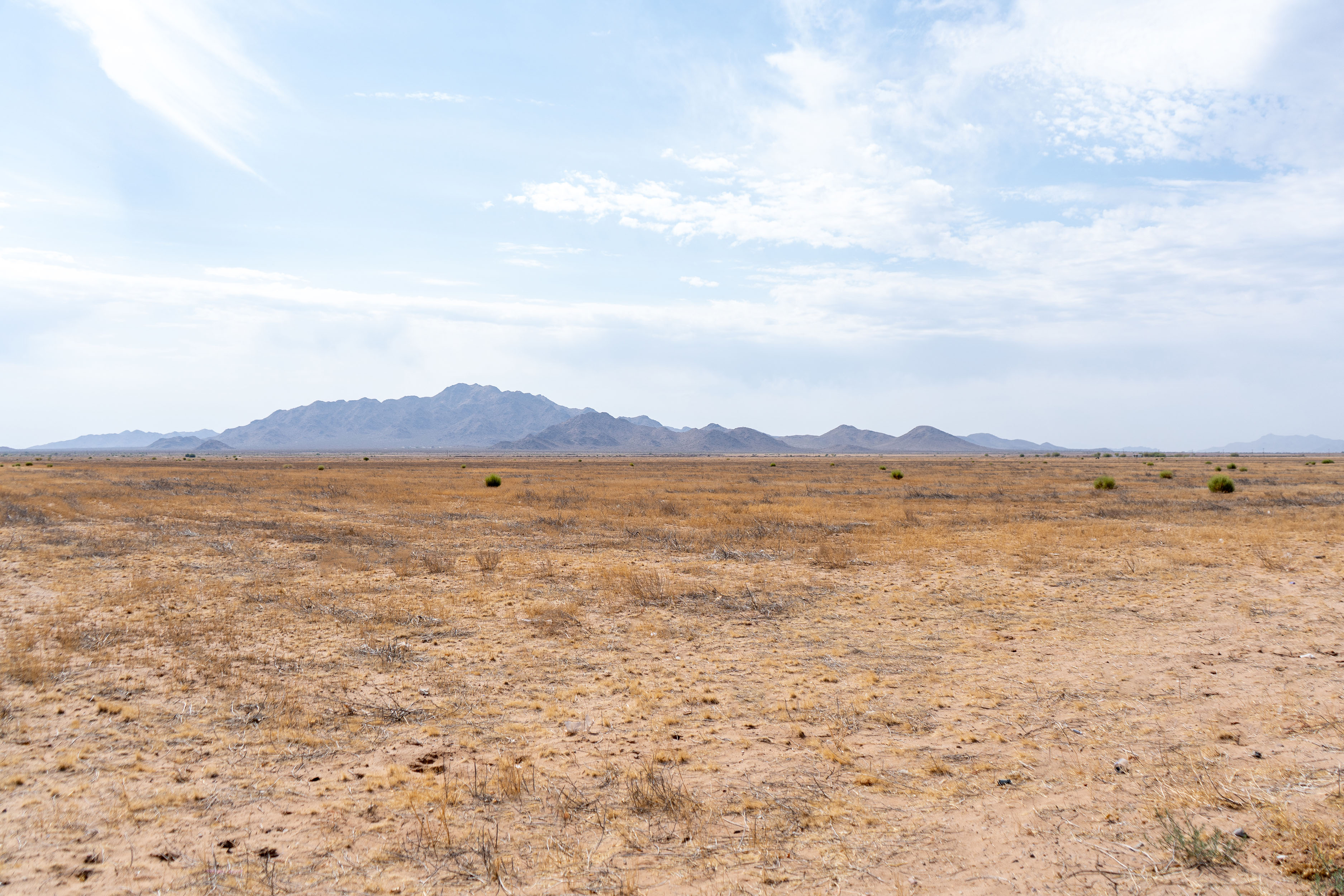GRIC Passes Resolution Announcing Plans to Build a 4th Casino in the Community
Christopher Lomahquahu
Gila River Indian News
In an historic decision, the Community Council of the Gila River Indian Community on June 18th approved the construction of a new tribal casino – the Community’s fourth facility – to be located in the East Valley.
The new site, located in District 4 of the Community south of the intersection of Gilbert Road and Hunt Highway, was chosen after an extensive site selection process led by Gila River’s Casino Expansion Owners Team (CEOT).
Working with GRIC gaming leadership and leading industry consultants, CEOT utilized a computer model of the Phoenix gaming market to help with the process.
The site selectors also considered likely population growth, future economic expansion and the capacity to develop necessary infrastructure. The decision also was motivated by a strong desire to bring new jobs to Community members and this area of the Valley.
Gila River Indian Community Gov. Stephen Roe Lewis called the new casino “a gamechanger” for the Community and for the East Valley, one that will bring economic and employment opportunities while working to minimize possible effects on Community members, neighboring businesses and local residents.
“The Community has always been a good neighbor sensitive to the needs of our members and the communities we live beside and partner with,” said Gov. Lewis. “Historically, the decisions made by our Council have balanced the needs of the present with all the potential impacts on the future, and by a desire to create economic success for the Community and the region without impinging on anyone’s quality of life.”
Lewis continued: “We have a long track record of quality economic development coupled with collaboration, vision and concern for the public good. I expect this new casino project to follow in those footsteps.”
The Community, which gave up the right to build a fourth casino during the gaming compact negotiations of 2002, negotiated for restoration of that option in the Amended and Restated Compact signed in May by Arizona tribal communities and the State of Arizona. The new fourth casino is not the only historic element of the new Compact. Tribal communities also retained strict exclusivity over gaming for the next 26 years – including tribal exclusivity over blackjack and new games like roulette and baccarat.
Equally importantly, the GRIC will be able to significantly increase the number of gaming devices it operates, from 2,826 devices today to 4,700, a number the Amended and Restated Compact ensures will grow automatically in the future.
The Community opened its first casino in June 1994. From that single property, which employed about 250 people and featured 272 slot machines, the Community has built a model gaming enterprise that today employs more than 2,300 workers, including 530 Community members. Tribal gaming drives more than 70 percent of the revenues available to the Community. These resources support everything from GRIC schools to health care, elder services to housing and public safety.
“We anticipate being able to add hundreds of new jobs that Community members can take advantage of, and we expect that many of those be filled by Community members, just as was the case at the Vee Quiva Casino located in District 6,” said Gov. Lewis.
The June 18 Community Council resolution established a budget and authorized CEOT to undertake the planning, design, development and construction of the casino, a process expected to take 18 to 24 months. At this early juncture, virtually all the specifics remain to be determined. As plans for this fourth casino take shape, they will be shared with Community members, neighbors, tribal business partners, governments and elected officials across the state.
“Our world-class gaming and entertainment amenities are an engine for the good our Community does for our members and our neighbors,” said Gov. Lewis. “As these operations grow, so will the critical services we provide and the opportunities available to every Community member. Calling this an historic moment is not overstating the facts. The positive impacts we’re creating today will be felt long after all of us are gone.”

